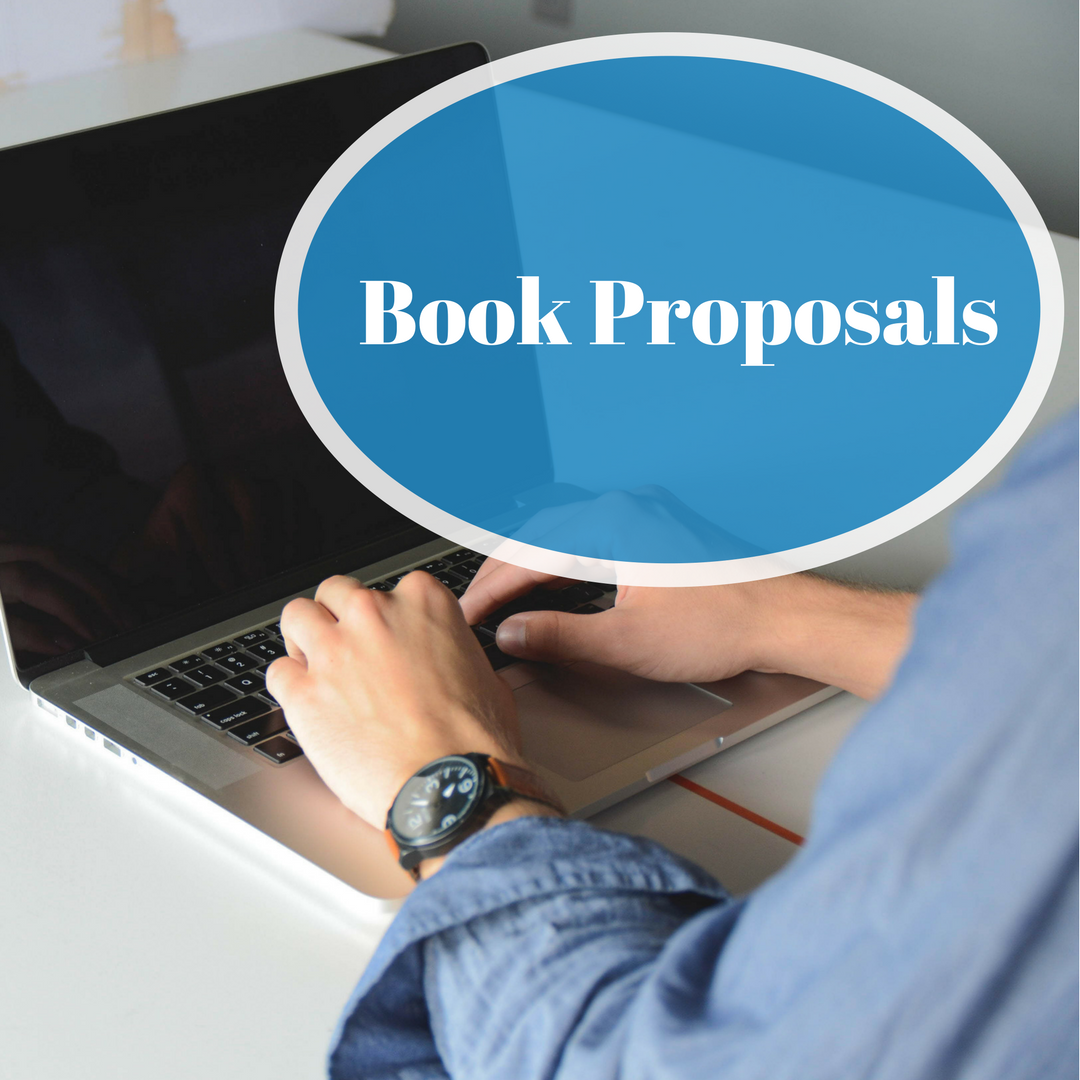In the early days of my writing, I wondered if I should submit my material one at a time or simultaneously. In general, professionals are slow to respond and could take months to respond. It’s best to simultaneously submit but you need to disclose this practice in your cover letter.
Do not send your submission electronically unless the editor specifically requests it. In trying to cut costs, many writers prefer to submit their proposals via email attachment, but many editors do not prefer this format. They receive a great deal of email from their authors and publishing colleagues and other people inside and outside of their company. One publishing executive told me that he receives over 300 emails a day. Because this executive occasionally travels and doesn’t check his email for several days, you can imagine the backlog of information he must wade through upon his return. The same situation is true for editors and agents. Many publishers have stopped accepting unsolicited proposals and manuscripts due to the overwhelming flood of poor proposals.
As someone submitting a nonfiction or fiction book proposal, you want to remain above this fray. Don’t send a book proposal via email unless you first secure permission from the editor. In these times of computer viruses, editors are hesitant to open an attachment from someone they don’t know. Send a short regular email first asking about submission before sending any attachment.
If you do mail your submission, here’s another no-no: do not use colored paper or fancy fonts. No one wants to read material in Bookman Old Style or Lucinda Sans Typewriter—even if your computer has these fonts. You would be surprised at the lengths some people go to get attention with their mailed manuscript. These writers get attention but it’s the negative type. Stick to something standard such as 12-point New Times Roman font.

Also, there is no need to put your proposal in a three-ring binder or use any extra folders or presentation materials. I once received a large manuscript in a notebook binder. The author had punched three holes into every single page of the manuscript, then placed it into the binder and shipped it overnight to my address. There is no need to include your graduation certificates or your PowerPoint presentations (yes, people send these items to publishers. I’ve seen it firsthand). Also, you don’t have to send your proposal by priority mail, Federal Express or overnight delivery. Some people send proposals using this method so they can track it and know that it has arrived on the editor’s desk. This is an unnecessary expense.
While it is obvious to me, I need to tell you that your manuscript must be typed. I had always heard about handwritten manuscripts but despite the hundreds I have reviewed, I had never seen one—until recently. I received an entirely handwritten manuscript (fiction). I found it almost frightening to be holding a single copy of another person’s work—especially in this electronic world. I read it and returned it promptly to the author, so it did not stay in my possession for very long. Most of my recent book contracts will say that the manuscript is to be delivered to the publisher in an electronic format to save keyboard time. The overall key point is for your submission to be professional and normal—not to stand out because of something unusual. It is your concept, writing and storytelling that will make the greatest difference to the editor.
The editor has many other tasks and will not read your material any faster if it is sent overnight. This may give you a negative reaction instead of a positive one. Only send something rapidly if you have been in touch with the editor in advance and they request it. Frequently email is the best way to submit to editors. If you use regular mail, print your proposal on plain white paper. It is critical the writing be the focus and not some strange, attention-gathering method which could easily backfire and lead to rejection.
The first step for any writer is to create an excellent proposal and submission, then to send it simultaneously. Finally, you need to keep track of the submissions and if you get a book contract, then contact all of the pending submissions and let them know your book is now under contract. These actions as a professional writer make a difference how your reputation is in the marketplace so you can write for years ahead.

W. Terry Whalin, a writer and acquisitions editor lives in California. A former magazine editor and former literary agent, Terry is an acquisitions editor at Morgan James Publishing. He has written more than 60 nonfiction books including Jumpstart Your Publishing Dreams and Billy Graham. To help writers catch the attention of editors and agents, Terry wrote his bestselling Book Proposals That $ell, 21 Secrets To Speed Your Success. Get a free copy of his proposal book (follow the link). Check out his free Ebook, Platform Building Ideas for Every Author. His website is located at: www.terrywhalin.com. Connect with Terry on Twitter, Facebook, his blog and LinkedIn.



 We love helping your growing in your writing career.
We love helping your growing in your writing career.

No Comments